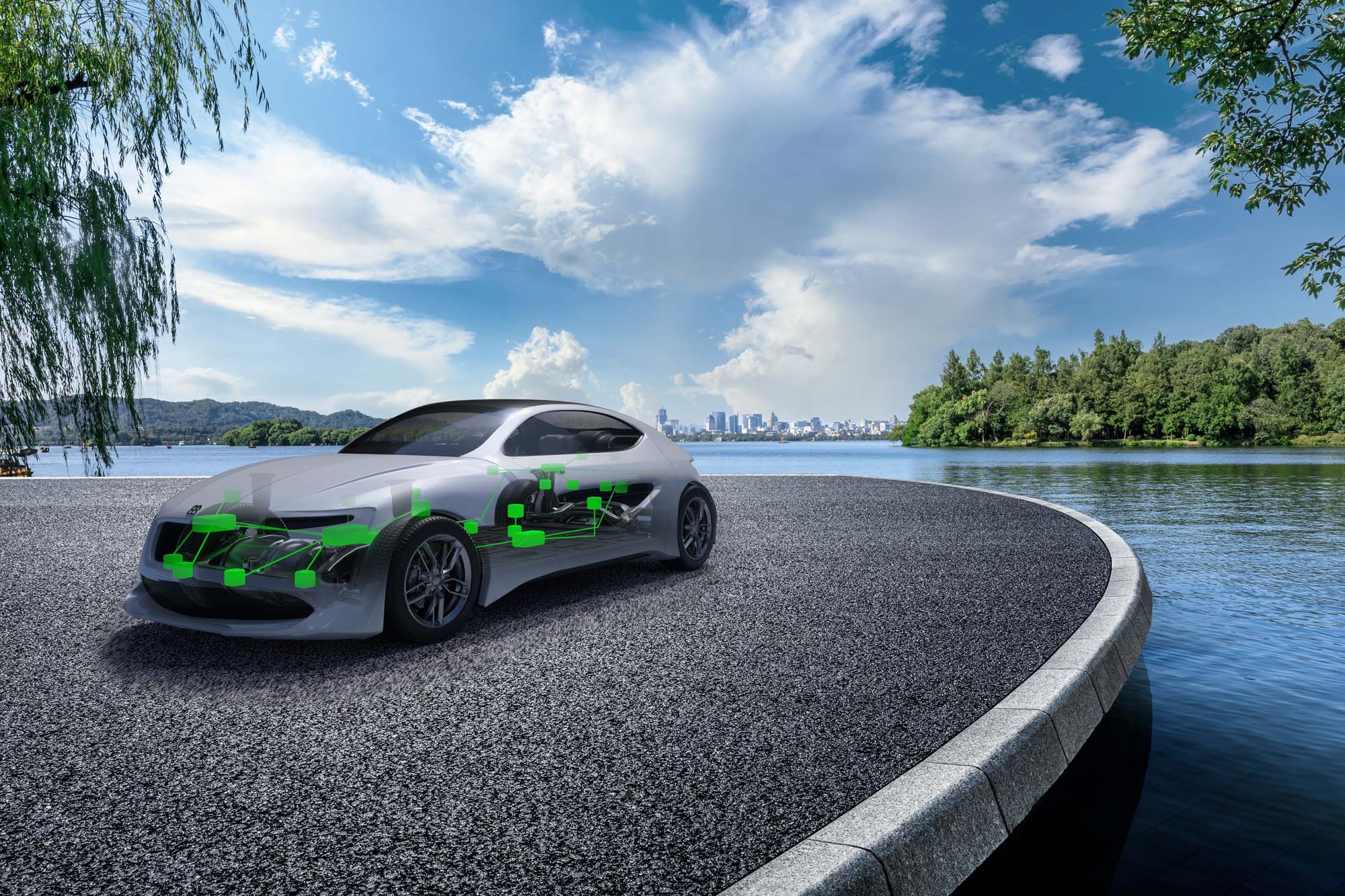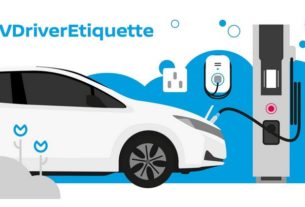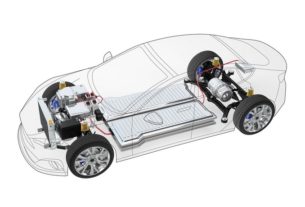
In this exclusive interaction with N. Balasubramanian, Satish Sundaresan, Vice President – Global Strategy & Managing Director at Elektrobit India elaborates on changing trends in the automotive space through software-defined vehicles and outlines the company’s strategy for ushering in new technologies
Can we start off with the current trends and the sentiment in the market? How do you view what’s happening in the Indian market right now?
For the first time in my two-decade-long career, I feel that automotive India is now as close to the global trend, which is great. Actually, that’s really fantastic for the ecosystem and for the country as a whole. And the software-defined vehicle, as we call it, is becoming more relevant than ever before. So, connected shared mobility in a certain limited form and electric vehicles in the two-wheeler segment is really one of the biggest evolutions. We have customers talking about software-defined vehicles as their approach. And honestly, I am surprised and stunned. In fact, one of the four-wheeler Indian OEMs we are speaking to seems to be ahead of most of the global players other than maybe in the premium car markets. Thus, we are really getting close to what is happening on the global front.
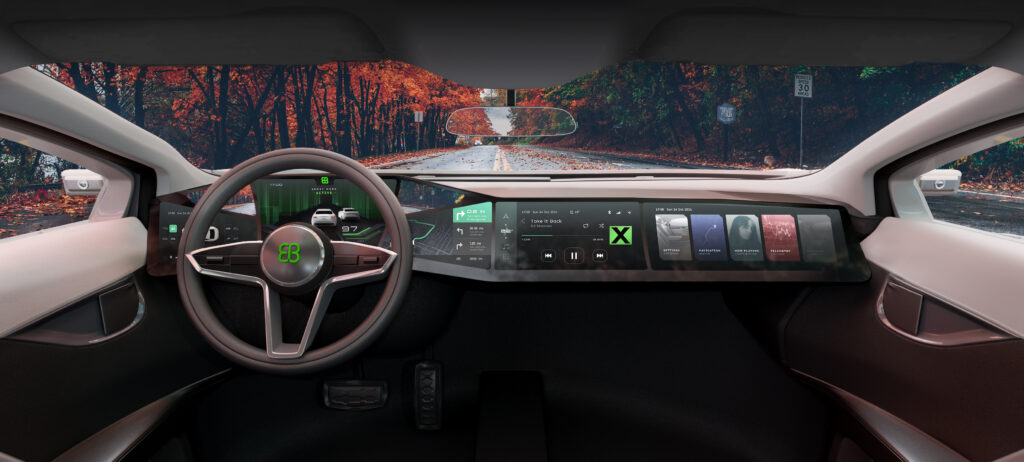
How is Elektrobit India’s position in the market?
In terms of products and services, we have only focused on future technology. When navigation was not in and we moved into the EV space, we tried to figure out how to bring in software-related concepts. We were the first company to introduce AUTOSAR 4.0, which is the standard for middleware. We have a lot of firsts to our credit and now we are trying to bring that to the market. For instance, we did an over-the-air (OTA) project for a two-wheeler OEM. We are also engaged in ECU software for battery management systems, and we are now extremely excited about bringing in a lighter form of AUTOSAR standardisation in the middleware to India. As mentioned earlier, we are discussing with an OEM about cloud technology related to cars. We are thus looking at enabling the ecosystem from a future-oriented perspective.
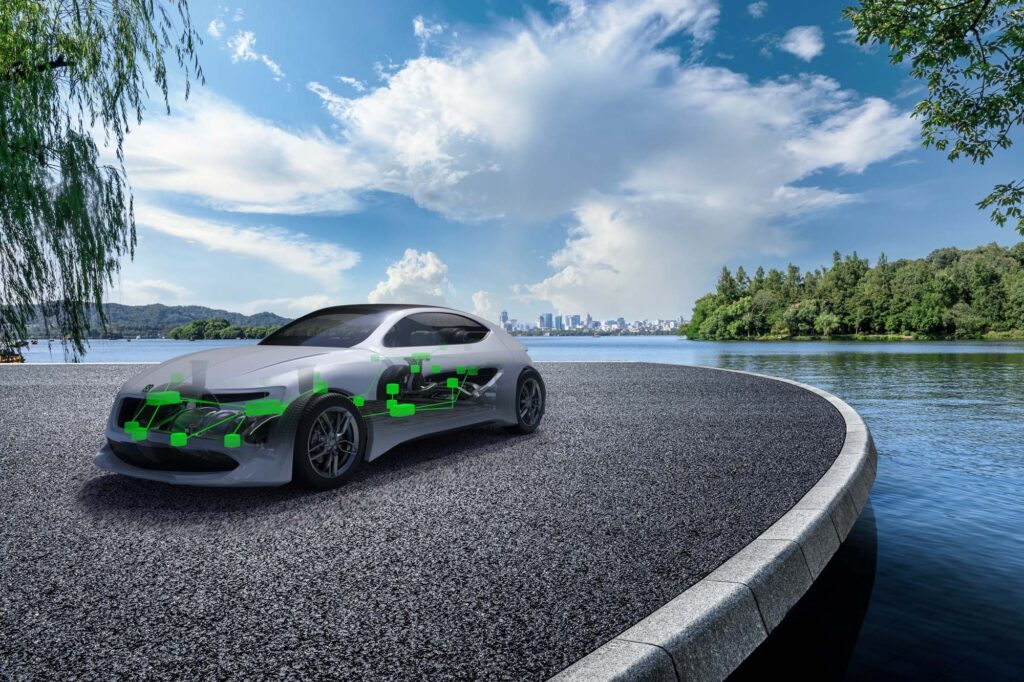
Empty square floor and bridge with sky cloud background at sunset
From a trend’s perspective, what are the major trends that are really driving growth and probably relevant a little bit, and vice versa as well? What would be the top three trends from an Indian point of view?
The first trend is related to connected vehicles. When I say connected there are two aspects to this technology: one, you are looking at displays or the digital clusters. India is a country that has quickly moved from traditional displays to touch-screen ones. The second trend is from a vehicle architecture perspective. Indian OEMs are talking about next-generation architecture/ Services Oriented Architecture and that in turn kicks off the software-defined vehicle mindset. The third trend is that people are talking about how to bring in changes with regard to the development of the vehicle itself. In software-defined vehicles, technology features can be added after the vehicle is sold. This generates more business potential.
How about electric vehicles?
It is a priority issue as of now because we see a change in the way vehicle architecture will be set up for EVs. It is a kind of reset for companies that are moving into the EV space. We work a lot in the two-wheeler EV space. Companies that never thought of software are now building their entire product line based on software. Certain software-defined features can also be added after a vehicle is sold. The EV two-wheeler segment in India is really taking off. What will be interesting for the two-wheeler market is a certain amount of standardisation. That is necessary because we sell in the range of Rs 80,000 to Rs 1.5 lakhs. In such an equation, it will be difficult to maintain profitability and be sustainable in the long run. Collaboration and standardisation will be the key for further development.
What will be the evolution in terms of vehicle segments such as two-wheelers, commercial vehicles, EVs, and so on?
We don’t do commercial vehicles now. So, we are 50:50 between two-wheelers and passenger vehicles. On the two-wheeler side, we are very dominant in the EV space. Elektrobit India is seven years old, and we are 700 people. We are now focusing on what exclusivity we can offer in the commercial vehicle space. We are an organisation that plays on value rather than headcount. Commercial vehicles in India are a couple of years behind passenger vehicles. We are also looking at other mobility solutions like rail transportation.
How was 2022 per se as a year and how is 2023 going to fare? Can you share sales growth numbers?
In terms of sales growth in India, we will get around 30% sales growth from 2022 to 2023 in India as revenue. Compared to 2021, the growth was less than 10%. Overall, India is a booming market. We are looking at a phenomenal growth curve accentuated by the fact that there is a change in the industry. It’s not a normal number. In terms of headcount, it will be a consequence of how we develop. We started off as a research and development centre and that’s the reason we are in this forum today. We are now looking for a company to collaborate with in terms of supply.
Thus, our identity is slowly changing to a sales entity. As regards our focus area, we are still looking to see what we can do in the EV two-wheeler space. We are also looking at changing the ecosystem through software-defined vehicles and standardisation. The basic idea is that collaboration helps the industry. Basically, the tagline of AUTOSAR is to bring in a lighter concept of a certain amount of non-differentiating software or reusable software so that everybody can benefit from that reusability and then you bring in your identity with what is a differentiating aspect. That’s really where we are heading.


